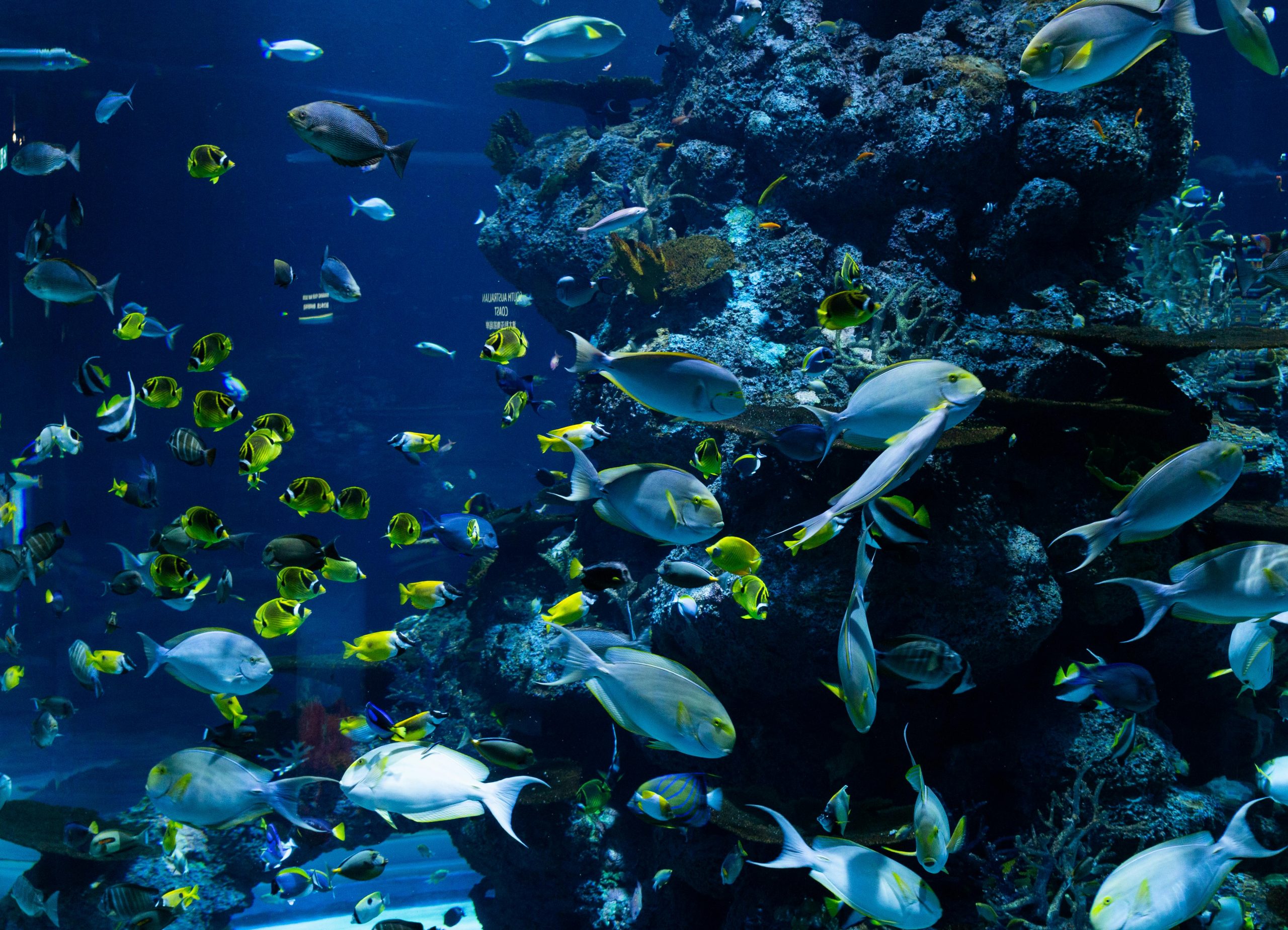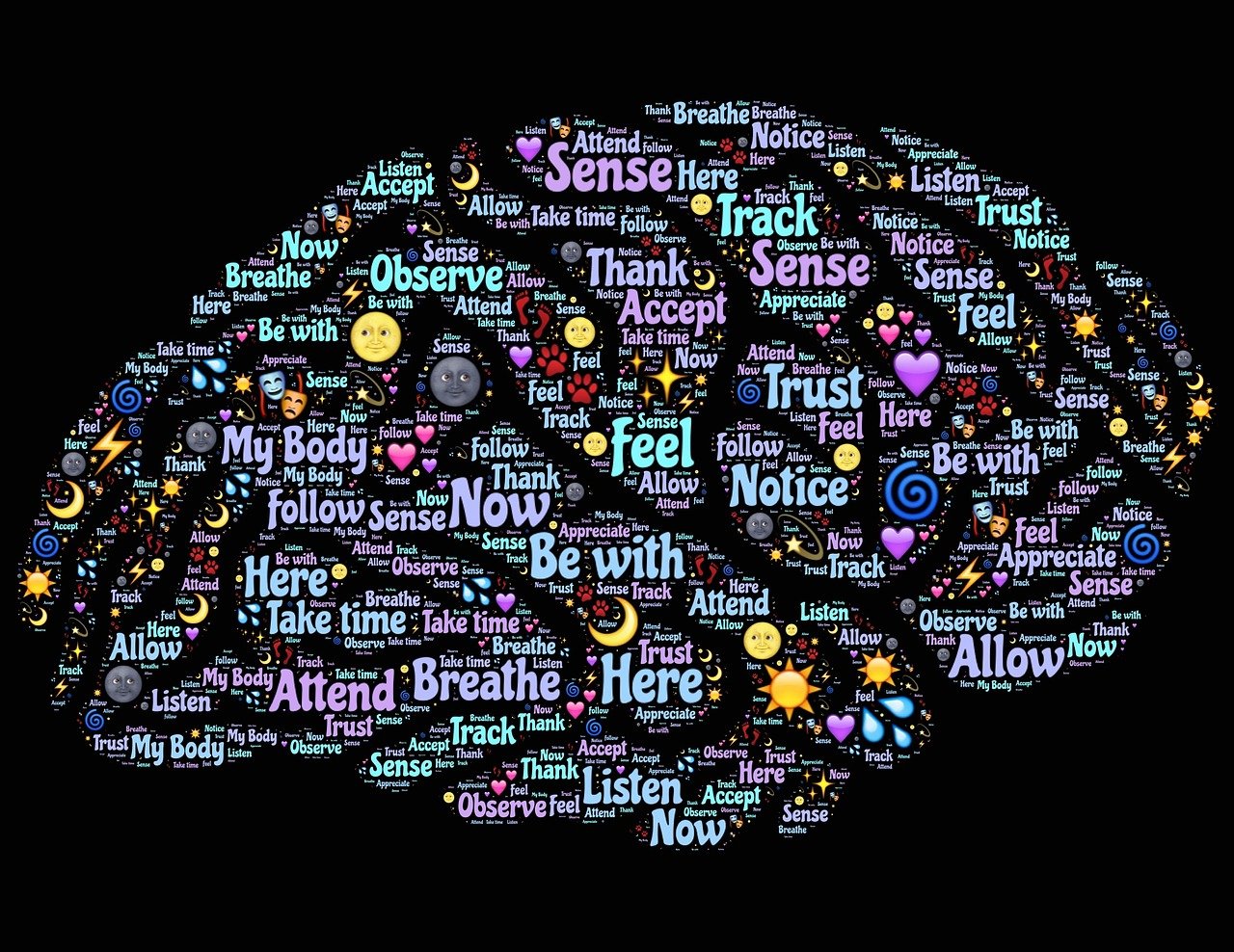Table of Contents
- 1 Classical Conditioning Principles
- 2 How Does Classical Conditioning Function?
- 3 Key Principles of Classical Conditioning
- 4 Let us take a closer look
- 5 Acquisition in Classical Conditioning
- 6 Extinction in Classical Conditioning
- 7 Why Spontaneous Recovery Is Important in Psychology
- 8 How Stimulus Generalization Influences Learning
- 9 Classical Conditioning Cases
- 10 A Word From Supedium
![]()
A Step-by-Step Guide to Classical Conditioning Works
Classical conditioning is a sort of learning which had a significant influence on the school of thought in psychology. Discovered by Russian physiologist Ivan Pavlov, classical conditioning is a learning process that happens through relationships between an environmental stimulation and a naturally occurring stimulation.
Classical Conditioning Principles
Although a psychologist not discovered conditioning At all, it had a huge influence over the school of thought in psychology called behaviourism.
Is based on the premise that:
- All learning occurs through interactions with the surroundings
- The environment shapes behaviour
It is important to note that classical conditioning involves putting a Sign before a reflex that is naturally occurring. The signal was the sound of a tone and the reflex that is naturally occurring salivated to food in reaction. By associating the neutral stimulus with the environmental stimulation (presenting meals ), the sound of the tone alone can create the salivation response.
To understand how more about conditioning Works, it’s essential to be knowledgeable about the basic principles of this procedure.
How Does Classical Conditioning Function?
Classical conditioning entails forming an association between two stimuli leading to a learned response. There are three phases of the process:
Phase 1: Before Fixing
A is required by the first part of this conditioning procedure Naturally occurring stimulus that will elicit a response. Salivating to food’s odour is a fantastic example of a stimulation.
In this period of the procedures, the unconditioned stimulus (UCS) leads to an unconditioned response (UCR). By way of instance, introducing food (the UCS) naturally and automatically activates a salivation response (the UCR).
Now, a stimulus is that generates no Effect -. Until this stimulus is paired it will come to elicit a response, it is not.
Let’s take a look at the two components of the period of conditioning.
The unconditioned stimulus is one which unconditionally, obviously, and automatically activates a response.4 By way of instance, when you smell one of your foods, you will feel hungry. In this instance, the food’s odour is the stimulus.
The unconditioned response is the unlearned reaction that occurs naturally in response to the unconditioned stimulus.
In our example, the sensation of hunger in response to the odour of food is the unconditioned response.
Phrase 2: During Conditioning
During the next phase of the conditioning, process Stimulus is paired with the unconditioned stimulus. An association between the UCS and the stimulus is shaped. At this time, the once neutral stimulus becomes known as the conditioned stimulus (CS). The subject has been conditioned to respond to this stimulation.
The conditioned stimulus is a formerly neutral stimulus that, after getting connected with the unconditioned stimulus, finally comes to activate a conditioned response. In our example, suppose that if you smelled your food, you heard the sound of a whistle. The noise would trigger the reaction if the sound of the whistle was paired occasions with the smell while the whistle is irrelevant to the odour of the food. In cases like this, the whistle’s sound is the stimulus.
Phrase 3: Following Conditioning
Once the association has been made between the CS and the UCS, Presenting the stimulus will come to elicit a response even. The subsequent response is referred to as the conditioned response (CR).
The response is the response to the previously neutral stimulus. When you heard the sound of the whistle in our example, the response will be feeling hungry.
Key Principles of Classical Conditioning
Behaviourists have clarified several phenomena Associated with conditioning. While others describe the disappearance of response, some of these elements involve the establishment of the reaction. These components are important in understanding the conditioning procedure.
Let us take a closer look
Acquisition
The acquisition is the stage of learning when a response is established and strengthened. During the acquisition period of classical conditioning, a neutral stimulus is paired with an unconditioned stimulus. An unconditioned stimulus is something which activates a response, as you might remember. After an association is made, the subject will start to emit a behaviour in response to the previously neutral stimulus, which is now called a conditioned stimulus. It’s now that we can say that the answer was acquired.
For example, imagine that you are conditioning a dog Response to the sound. You set food’s presentation with the sound of this bell. You may say the response was acquired after the dog starts to salivate in response.
When the reply has been established, you can reinforce The salivation response to be is learned.
Acquisition in Classical Conditioning
Extinction
Extinction is If the occurrences of a response decrease or disappears. This occurs when there is a stimulus paired with an unconditioned stimulus.
For Instance, if the smell of food (the unconditioned stimulus) had Been paired with the sound of a whistle (the conditioned stimulus), it would finally come to evoke the conditioned response of hunger. But if the unconditioned stimulus (the odour of food) were no longer paired with the conditioned stimulus (the whistle), finally the conditioned response (appetite ) would vanish.
Extinction in Classical Conditioning
Spontaneous Recovery
Occasionally a response following a can reemerge period of extinction. Recovery is the reappearance of the response following period or a rest period of reaction that is diminished. By way of instance, imagine the reaction becomes extinct and that after training a dog you stop reinforcing the behaviour. Following a rest period during you ring the bell and the animal recovers the learned response.
If the conditioned stimulus and unconditioned stimulus are Extinction will occur after healing.
Why Spontaneous Recovery Is Important in Psychology
Stimulus Generalization
Generalization is the trend for the stimulus To evoke similar responses has been conditioned.
For example, if a dog has been conditioned to salivate at the sound To stimuli that are like the stimulus, the creature may exhibit the same response Of a bell. In John B. Watson’s famous Small Albert Experiment, by way of instance, a small child was conditioned to fear a white rat. By exhibiting anxiety in response to other items such as Watson’s hair and stuffed 19, the child demonstrated stimulus generalization.
How Stimulus Generalization Influences Learning
Stimulus Discrimination
Discrimination is the ability Stimulation and other stimulants which have never been paired with an unconditioned stimulus.
For example, if there had been a bell tone the stimulus, Discrimination would involve having the ability to distinguish the difference between other sounds that are similar and the bell tone. They will respond if the stimulus is presented because the subject can differentiate between these stimuli.
Recognizing Stimulus Discrimination
Classical Conditioning Cases
It can be helpful to look at the classical Conditioning procedure operates both in real-world and real-time configurations.
Classical Conditioning of a Fear Response
Among the most famous examples of classical conditioning was John B. Watson’s experiment where a panic response was conditioned at a boy called Little Albert. The child showed no fear of a white rat, but the child would cry when the rat was current after the rat had been paired with sounds. The child’s fear generalized to items.
Let us examine the elements of the classic experiment. Before the Conditioning, the rat was a neutral stimulus. The stimulus was the loud, the response and clanging sounds were that the fear response. By pairing the rat using the unconditioned stimulus, the white rat (currently the conditioned stimulus) came to evoke the fear response (currently the conditioned response).
This experiment illustrates how phobias Can form through conditioning. Oftentimes, a single pairing of a neutral stimulus (a dog, as an instance ) and a frightening experience (being bitten by the dog) can result in a lasting phobia (being afraid of dogs).
Classical Conditioning of Taste Aversions
Another example of classical conditioning can be observed in the development of conditioned taste aversions. Researchers John Garcia and Bob Koelling noticed this happening when they discovered following the radiation and the water were introduced 38, rats who were subjected to some radiation developed an aversion. In this instance, the radiation represents nausea and the stimulus represents the response. While nausea which formed when subjected to the water is the reaction after the pairing of both, the water is the stimulus.
The research demonstrated that classically Aversions could be generated through a pairing of the conditioned stimulus and the unconditioned stimulus. Researchers also discovered that such aversions can even develop if the conditioned stimulus (the flavour of the food) is introduced several hours before the unconditioned stimulus (the nausea-causing stimulation ).
Why is it that associations develop? Such Associations can have survival advantages for the organism. It ought to avoid eating the food in the long run When an animal eats something which makes it sick. This is an excellent example of what is called biological preparedness. Some associations form since they aid in survival.
Researchers injected sheep carcasses Coyotes ill but not kill them. The aim was to help sheep ranchers reduce the amount of sheep. Not only did the experiment work by lowering the amount of sheep also, but it also caused some of the coyotes to create a strong aversion that they would run away insight or the scent of a sheep.
A Word From Supedium
People don’t respond just like Pavlov’s dogs. There are numerous programs for conditioning. By way of instance, a lot of dog trainers use classical conditioning methods to help people train their pets.
These techniques are useful for helping people deal with phobias Or anxiety issues. Something which provokes anxiety to be able to make an association might be, by way of instance paired by therapists.
Teachers Can apply conditioning in the course by creating a classroom environment that is positive to help students overcome anxiety or fear. Pairing a situation, for example With environment helps the performing before a group Student learns institutions. Instead of feeling anxious and stressed in These circumstances will learn how to remain calm and relaxed.
Share This




Be the first to comment